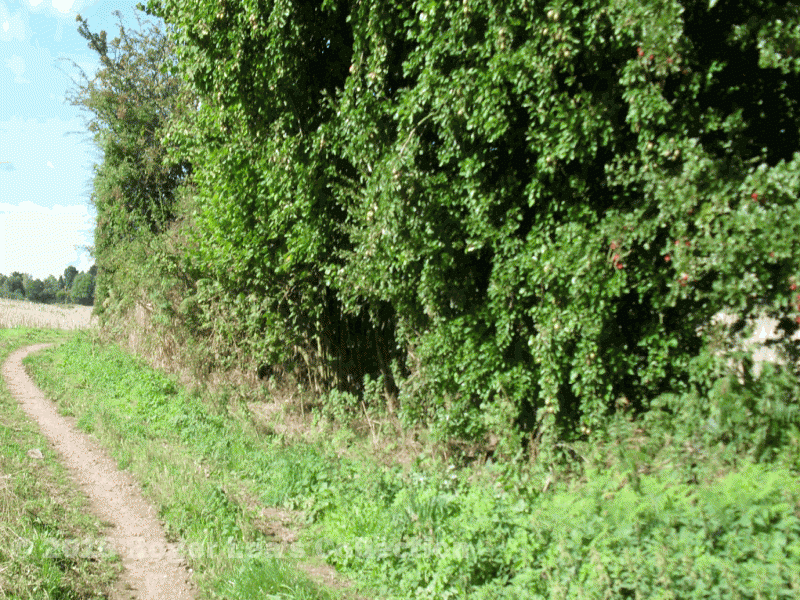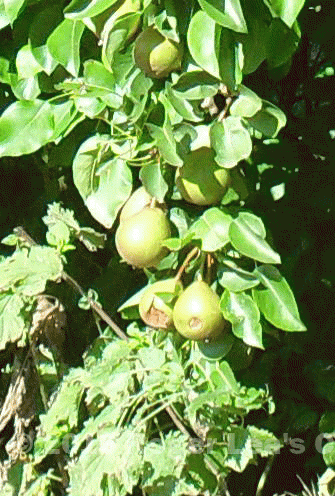Supervised by the foresters and woodwards of Sutton Chase, the householders of medieval Sutton were allowed to take enough material from the woods to repair and maintain their hedges during lent. The most important hedges were the ones round the open fields, keeping animals from straying onto the growing crops. Each person having strips of land in the open field was responsible for a particular length of hedge - the court of 1548 ordered “that everyone before the next feast of St. Luke properly make his part of the hedge round the grain field”, or be fined 12d per perch (5 metres) and 4d per gap.
Another offence dealt with in the sixteenth century courts was hedge-breaking. Where hedges consisted of hurdles of woven sticks or posts and rails they were sometimes raided for fuel, but the court was also dealing with uprooted hedges. This was at a time of great change in farming, when farmers were consolidating their land from the old open strips into square fields with hedges, creating the patchwork pattern of fields which is such a feature of the English countryside. Anyone putting up a new hedge or fence would need the agreement of his neighbours, or it might disappear one dark night.
Some hedges were formed using the vegetation surrounding newly cleared land, but most were planted using a particular species of tree - hazel and hawthorn were commonly used. Over time other species became established in these early hedges, growing up from seeds contained in bird-droppings or blown on the wind. A rule of thumb known as “Hoopers law” states that the number of different tree species in thirty yards of hedge multiplied by 100 gives the age of the hedge in years.
Hedges continued to be planted in the seventeenth and eighteenth centuries as fields were sub-divided - woodwards and foresters were a thing of the past, and hedges were ordered from the nurseryman. The number of hedges in Sutton suddenly doubled in the 1820s when the commons were enclosed. Everyone allotted a piece of common land was required to plant hedges on the boundary of his land - the Corporation of Sutton, which received a large number of small plots, placed an order for over 24,000 hawthorn sets. Although there are still plenty of hedgerows in Sutton’s Green Belt, a vast number have been grubbed up over the past fifty years, sometimes re-creating the landscape of the open fields of 600 years ago.

 A wild pear tree, one of several species growing in a medieval hedgerow at Hillwood in Sutton’s Green Belt
A wild pear tree, one of several species growing in a medieval hedgerow at Hillwood in Sutton’s Green Belt